Tịnh Xá Trung Tâm is a Buddhist Shrine in Ho Chi Minh City, the largest city in Vietnam. It was founded in 1965 and is the spiritual birthplace of the khất sĩ tradition of Vietnamese Buddhism that attempts to recreate the original tradition of the Buddhist sangha by walking barefoot and begging for alms. The temple is located at 7 Nguyễn Trung Trực Street, in Bình Thạnh District.
Shrine’s History
The founding patriarch of the khất sĩ tradition was Thích Minh Đăng Quang, who was born Nguyễn Thành Đạt in 1923 to a peasant family from the village of Phú Hậu, Bình Phú prefecture, Tam Bình District in Vĩnh Long Province in the Mekong Delta. He founded the tradition in 1944 with the vow “Nối truyền Thích-ca chánh pháp Đạo Phật Khất sĩ Việt Nam” (Transmitting the correct dharma of Sakyamuni, Khất sĩ Buddhism of Vietnam), which came to be the motto of the khất sĩ tradition. Although he disappeared in 1954, his followers continued to expand and went on to open Tinh Xa Trung Tam.
Legends Associated with This Shrine
Tịnh Xá Trung Tâm houses relics related to the Buddha. Some of these relics are believed to be the Sarira of Budhha.
Architectural Relevance of This Shrine

The temple is set on a plot of 5,490 square metres (59,100 sq ft); construction of the building began in April 1965 and took ten years. The plot of land was donated by a Buddhist layperson named Nguyễn Văn Chà. Initially, the complex comprised a main ceremonial hall, a patriarch hall, two compounds for the sangha and a set of huts for solitary religious practice. The temple was the headquarters of the khất sĩ Sangha Association from 1966 until 1980.
In November 1980, the abbot Thích Giác Toàn along with Thích Giác Phúc organised an expansion that involved the erection of a two-storied compound that included the main ceremonial hall. The compound was built in an octagonal shape, as planned by the architect Nguyễn Hữu Thiện. The tower part of the compound is 4.40 metres (14.4 ft) tall, with octagonal sides of length 2.25 metres (7.4 ft). At the top of the temple are 13 miniature levels, which represent the 13 realms of existence. The tower was constructed from wood, with lotuses depicted on the exterior walls. There are 12 paintings that depict various events in the life of Gautama Buddha, including the birth at Lumbini, the enlightenment at Bodh Gaya, the first dharma talks at Deer Park in Varanasi and the entering of nirvana at Kushinagar. Further parts of the wall display quotes from the Dhammapada written in Vietnamese. The entire artwork on and within the tower was the work of Thiện Ngộ and his group of artists from the Art School of Long An. The artwork was created between 1982 and 1984. The main lecture hall on the ground floor has wooden benches and can house several hundred people. A large statue of the patriarch Thich Minh Dang Quang stands at the front of the hall, in front of the wall paintings and a table on a platform where the speaking monk sit while giving a dharma talk.
The centrepiece of the main ceremonial hall on the second level is a statue of Gautama Buddha in the Buddha Hall. It is carved from wood, is 6 metres (20 ft) tall, and is enclosed in a glass case. Also on this level is a ceramic statue depicting the birth of Prince Siddhartha. It depicts the traditional account of the prince taking seven steps, which resulted in seven lotuses blooming spontaneously, followed by Siddhartha pointing to the sky with his index finger and declaring that this life would be his last in samsara. On the internal wall of the temple are eight murals of the life of Gautama Buddha by Minh Dung and Hai Long. They are 2 metres (6.6 ft) high and carved into the wall.
There are two other chambers on the second floor. Behind the Buddha Hall is the patriarch’s alcove. The founder of any Vietnamese monastery is typically commemorated there, but in this case, Thích Minh Đăng Quang left no remains, so only his begging bowl and robe are present, protected by a glass enclosure. The bowl is smaller than usual and the robe is of a saffron-dark orange colour. Buddhists often prostrate before the two objects, although as the glass enclosure and the Buddha statues in the main hall lie on the central symmetry axis of the building, they do so at an angle so that their posteriors are not pointing towards the statue of the Buddha. Behind the patriarch’s alcove is another chamber, the centre of which is a statue of the bodhisattva Ksitigarbha. Instead of being depicted with the typical staff with six rings around it —representing the six realms of existence—Ksitigarbha is shown with a “wish-granting gem”. To either side of Ksitigarbha are photos of deceased monks and nuns. To the extreme left and right are photographs and names of deceased lay Buddhists, and their ashes are stored in urns below the altar.
In the front courtyard of the temple is a statue Avalokiteshvara bodhisattva, which stands 9 metres (30 ft), on a lotus seat 3 metres (9.8 ft) high. This is unusually high for an Avalokiteshvara statue in an outdoor courtyard. Before 1975, the khất sĩ Sangha Association had around 300 temples in southern Vietnam, and the temple was the headquarters of the organization

In 1998, an octagonal nine-story tower, named the Buddha Gem Tower, was built next to the Bodhi tree. It is 37 metres (121 ft) high and has a symbolic Torch of Wisdom at the top, which is lit at night and is visible throughout the surrounding area. The bottom four floors form the library as well as the repository for some of the Buddha’s relics. The top five levels are used to enshrine the ashes of monks and nuns.
To the left of the gate is the bookstore, which is run by the lay disciples of the temple. Unlike many other Buddhist institutions, the publications are generally not free. The outlet offers journals published by the government-run Buddhist media, as well as material written by Vietnamese monks, translations of canonical texts, works by internationally renowned Buddhist scholars, and audiovisual recordings of dharma talks by Vietnamese monks. It also sells images and statues of Gautama and Amitabha Buddha, and Avalokiteshvara. Next to the bookstore is the medical clinic, Tue Tinh Duong (Tue Tinh Hall), named after a Trần Dynasty monk and herbal medicine practitioner who was famed for attending to the impoverished and compiling the first known book on Vietnamese herbal medicine. As is the case with medical clinics named in Tue Tinh’s honour, the services dispensed are complimentary. The outlet at Tinh Xa Trung Tam is the mendicant sect’s most active medical facility.
The Triple Gate (Tam Quan) is accessible by both pedestrians and vehicles. Two-wheeled vehicles and pedestrians use the left and right wings respectively, and cars, buses, and trucks can use the central wing. The three gates represent emptiness, impermanence and middle view. It is decorated with sculptures and engravings of lotuses, lanterns and swastikas, all prominent symbols in Buddhism. On the left-hand side of the grounds, there is a Bodhi tree, a symbol of the enlightenment of the Buddha. The tree is located in a concrete lotus, and around it are eight samsara-wheel-shaped signs that represent the Noble Eightfold Path. Signs with text explain each of the eight paths.
Aside from the two tower complexes, there is a reception office, administrative block, monastic quarters, meditation halls and a kitchen complex where lay supporters prepare meals for the monks and visitors. The monastic quarters and meditation hall are not open to laypeople and can provide accommodation for hundreds of monks. This large capacity is often utilized during the Rains Retreat. This retreat commemorates events during the life of the Buddha, when the rainy season came between the full moons of the fourth and seventh lunar months. As a result, monks of the time stayed in one place to practice rather than travel from place to place.
Shrine’s Map Location and How to Go There
BY ROAD
There are 3 routes from Ho Chi Minh city’s center to Tịnh Xá Trung Tâm shrine. One via Cộng Hòa which spans a distance of 10 kilometers and lasts 23 minutes; Two via Quang Trung which spans a distance of 11 kilometers and lasts 23 minutes; And three via Trường Chinh and Quang Trung which also spans a distance of 14 kilometers and lasts 28 minutes.
BY RAIL
The nearest railway station is the Gò Vấp railway station.
BY AIR
The nearest airport is Tan Son Nhat International Airport

Shrine Timings
The temple is always open between 7AM and 9PM. The only day of the year when the hours might differ is on the 26th of February as that is the day when the Lantern festival is held.
Extra Information About this Shrine
It is known for its weekly Bát Quan Trai Giới (Eight Precept Ritual) retreat, which is staged more frequently than at other institutions in the city and has a reputation among its followers for rigor and discipline. The attendees of the temple are typically over 40 years of age and are overwhelmingly female.
The temple is set on a plot of 5,490 square meters (59,100 sq ft), and construction took ten years. Initially, the complex comprised two halls, two compounds for the sangha other buildings. The temple was the headquarters of the Vietnamese khất sĩ Sangha Association until 1980. In 1998, an octagonal nine-story tower, named the Buddha Gem Tower, was built. The tower is lit at night and is visible throughout the surrounding area. The bottom four floors form the library as well as the repository for some relics of Gautama Buddha. Many of the inner walls of the halls of the temple are adorned with relief carvings and paintings depicting important events in the life of Buddha. In the courtyard stands a statue of Avalokiteshvara bodhisattva.

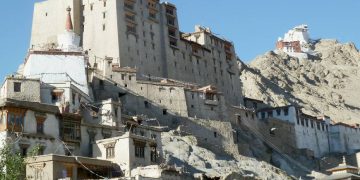

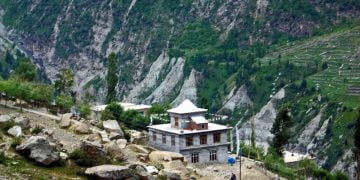
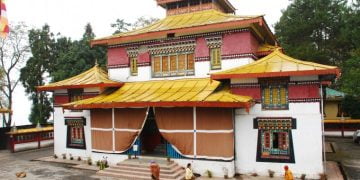

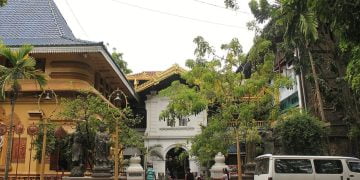
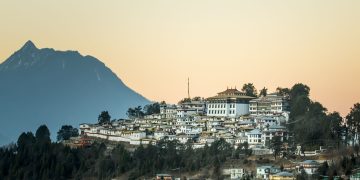
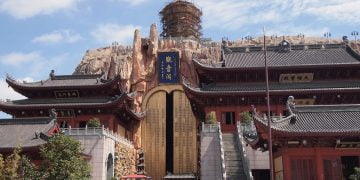
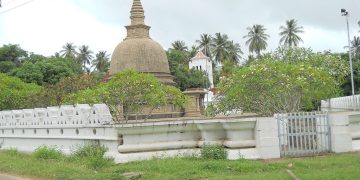
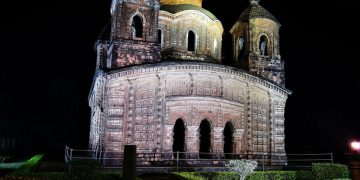
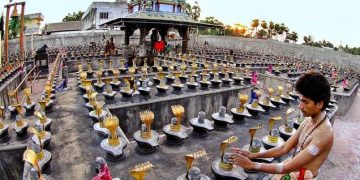

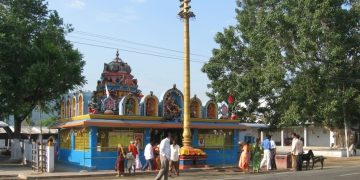
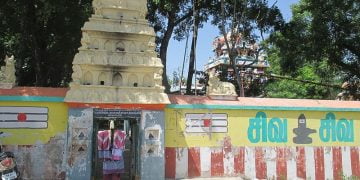
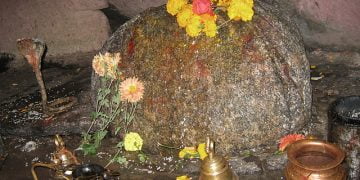
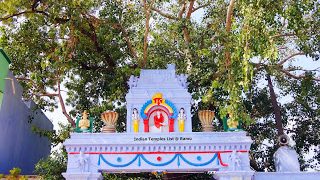
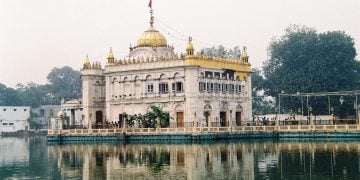
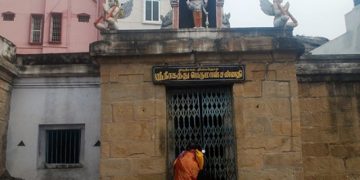
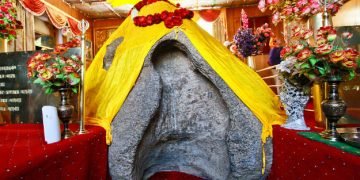
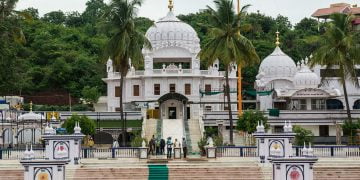

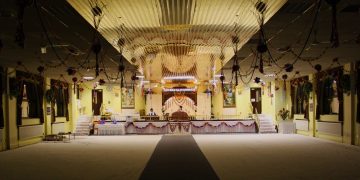
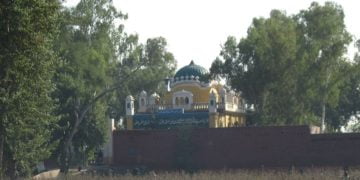
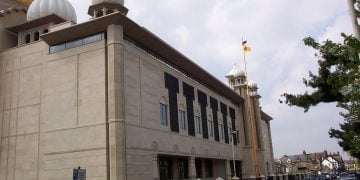
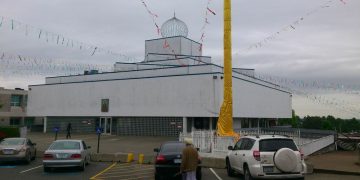
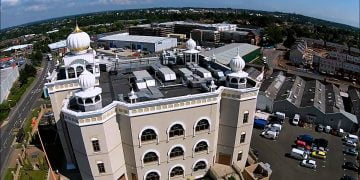
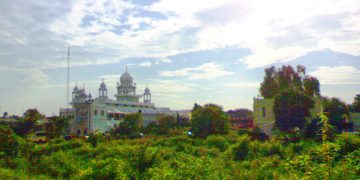
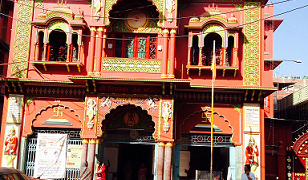
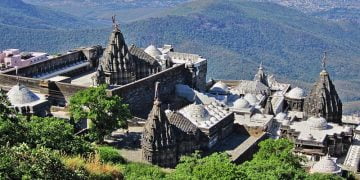
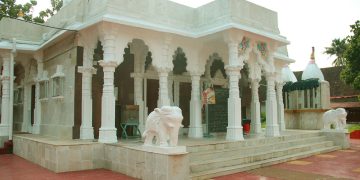
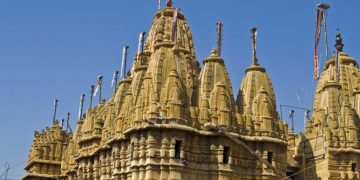
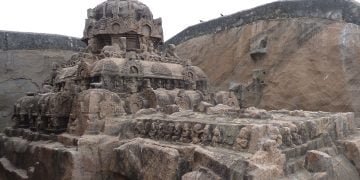
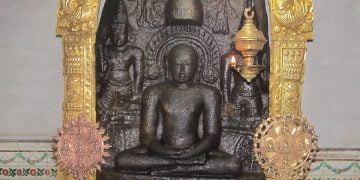
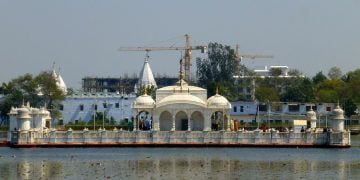

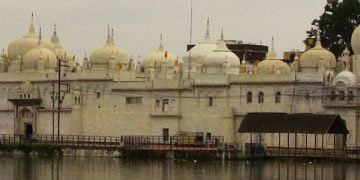



Discussion about this post